5.7.14 Wild Green Yonder
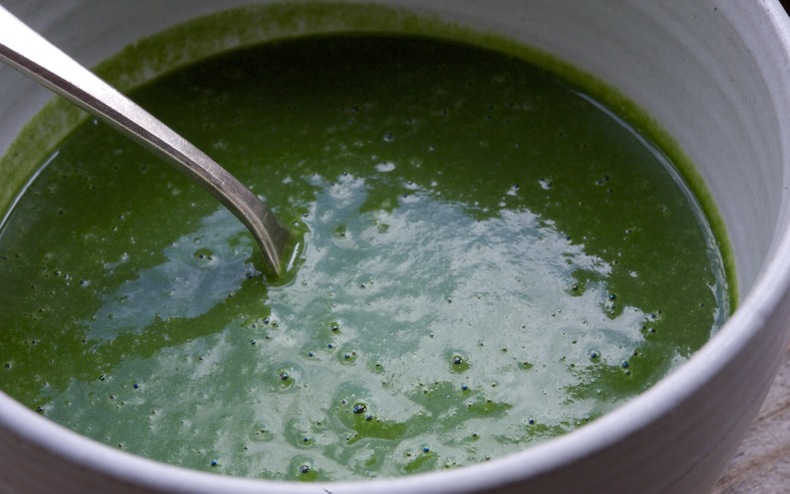
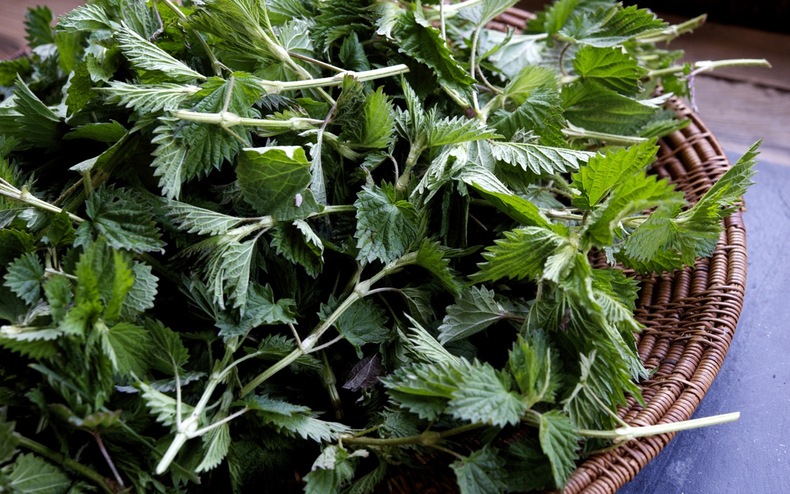
Urtica dioica pushes up from the barely warm ground in early spring and the fresh, young growth is the most desirable. Pick only the tips, the first four or six leaves on each spear. With age, nettles become coarse and hoary and, once flowers begin to form, steer clear. By that point, the leaves develop gritty particles called "cystoliths," which can irritate the urinary tract. Keep your eye out throughout the late summer and autumn, though, because young crops of freshly seeded nettles will grow wherever and whenever they get a chance.
Cooked nettles have a delicious flavor that's like spinach with a hint of cucumber and something earthier. They're a nutrition bomb, packed with potassium, iron, calcium, manganese, vitamin C, vitamin A and B complex vitamins. They also contain sulphur, which is excellent for the hair, skin and nails. Nettle's diuretic properties help relieve water weight gain, flush the body of toxins and purify the blood.
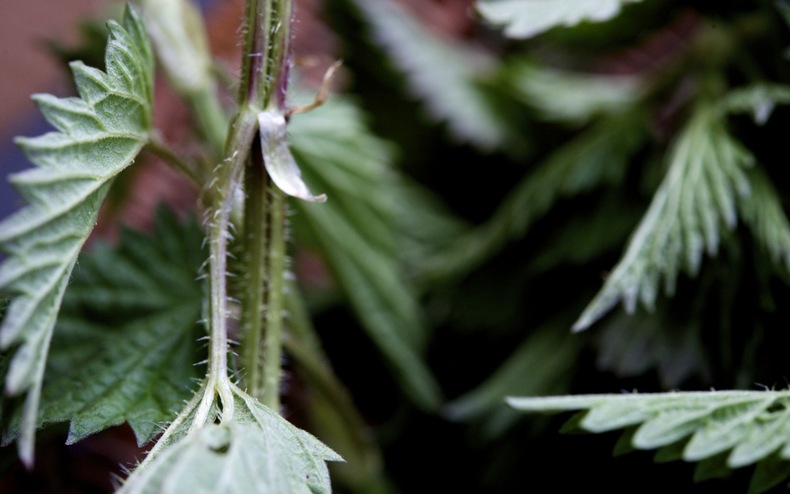
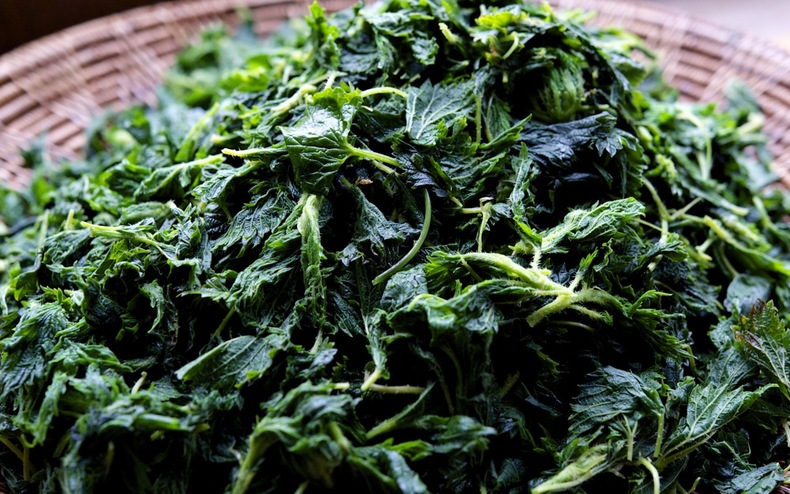
Use nettles in any of the ways you might employ spinach: wilted and buttered as a simple side dish, or to make pasta, gnocchi, pesto, risotto or even in a wild version of Indian saag paneer. Nettles are actually quite abundant in Kashmir and are often cooked with the traditional Indian spices.
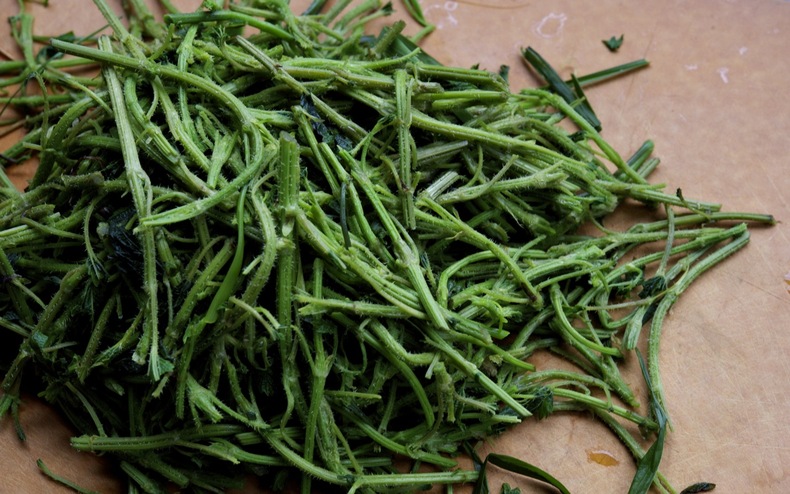
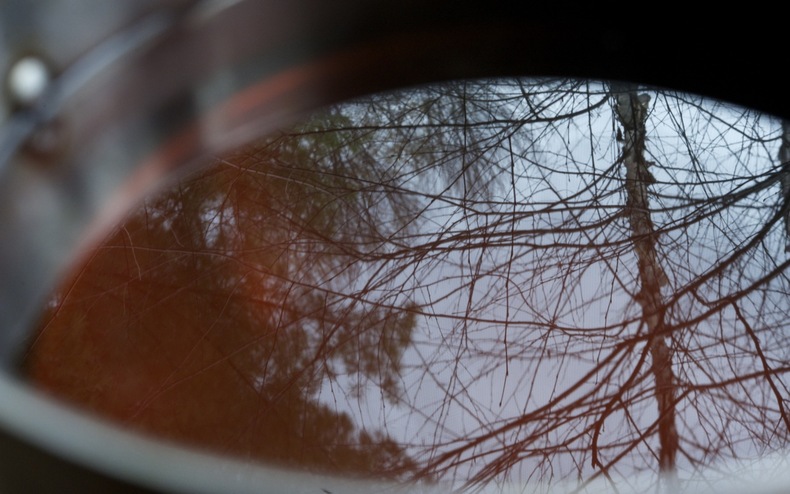
I developed this recipe for Stinging Nettle Soup II (there is already a more traditional one in my archive) using the blanching water rather than the usual chicken or vegetable stock found in most recipes. Why waste all that gorgeous broth? Not only is it nutritious but it tastes fantastic. I even drank cups of it on its own. You'll notice I don't cook the nettles for long, which helps preserve their intense color. I served a bowl of the soup accompanied by a plate of poached white asaparagus with an 8-minute egg and a homemade mayonnaise blended with loads of parsley and chives. Make this for yourself soon, lest you turn green with envy.
Stinging Nettle Soup II
- — 8 ounces freshly picked stinging nettles
- — 1/2 tablespoon olive oil
- — 1/2 tablespoon butter
- — 1 large yellow onion, peeled and chopped
- — 1 russet potato, peeled and chopped
- — 6 cups nettle blanching water
- — 1/3 cup heavy cream
- — 6 heaping tablespoons Greek yogurt
- — Flaky sea salt, for garnish
Set a large pot of water to boil over high heat.
While wearing sturdy gloves, pick over the nettles and discard any insects or extraneous plant matter. When the water boils, drop in 2 teaspoons of fine sea salt and use tongs to add the nettles. (Do this in batches, if needed.) Blanch for 1-2 minutes. Use tongs to remove cooked nettles to a bowl, and proceed to blanch the rest of the nettles, removing them to the bowl when done. Set aside blanching liquid to cool.
Gently squeeze and discard a bit of excess water from the nettles, then sort through them, discarding any tough stalks. Use a fine-mesh strainer to strain blanching liquid into a separate bowl or a large pitcher.
Place the butter and olive oil in a large pot over medium heat, add the onion and potato and sauté for about 5 minutes. Pour in 6 cups of the blanching liquid and simmer until potato is very tender, about 15 minutes. Add the nettles, and cook gently for an additional 3-5 minutes.
Working in batches, as needed, purée the soup in a Vitamix, food processor or blender until very smooth. Return to a clean pot on the stove over very low heat and stir in cream. Add salt to taste. Serve warm, topping each portion with a large dollop of yogurt and a sprinkling of flaky sea salt.
 Download Recipe
Download Recipe






5 Comments